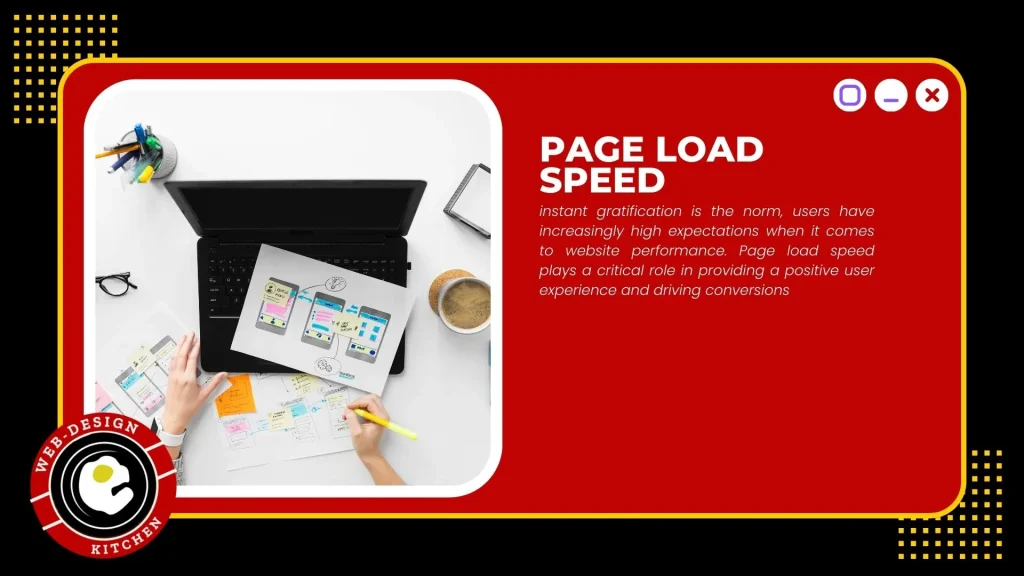Consistent branding and messaging play a crucial role in web design as they reinforce your brand’s identity, create a memorable user experience, and ultimately drive conversions. Here’s an expansion on the importance of consistent branding and messaging:
Establishing Brand Identity: Web design allows you to visually represent your brand and establish a distinctive identity. Consistent branding elements, such as your logo, colour schemes, typography, and imagery, create a cohesive look and feel across your website. This visual consistency helps users recognize and remember your brand, reinforcing its presence in their minds. When your website design aligns with your offline branding efforts, it strengthens brand recognition and recall, enhancing trust and familiarity with your business.
Conveying a Unique Value Proposition: Your web design is an opportunity to communicate your unique value proposition and differentiate yourself from competitors. Consistent branding elements, combined with compelling messaging, allow you to clearly articulate what sets your business apart. By aligning your design elements with your brand’s messaging, you create a cohesive and impactful presentation of your value proposition, capturing users’ attention and driving their interest in your products or services.
Building Trust and Recognition: Consistency in branding and messaging fosters trust and credibility. When users encounter a website that has consistent branding elements and a cohesive message, they perceive it as more professional, reliable, and trustworthy. Inconsistent or conflicting design elements, on the other hand, can confuse users and erode trust. By presenting a consistent brand image and messaging, you build a solid foundation of trust and recognition, encouraging users to engage with your website and increasing the likelihood of conversions.
Enhancing User Experience: Consistent branding and messaging contribute to a seamless and user-friendly experience. When users navigate through your website, they should encounter a consistent visual language and messaging that guides them intuitively. This consistency helps users understand your website’s structure, locate relevant information easily, and navigate through different pages effortlessly. A positive user experience leads to increased engagement, as users spend more time on your website, explore its features, and interact with your conversion-focused elements.
Connecting Emotionally with Users: Consistent branding and messaging enable you to connect with users on an emotional level. When your website design aligns with your brand’s personality and values, it creates a cohesive and authentic experience. By evoking emotions that resonate with your target audience, such as trust, excitement, or reliability, you establish a deeper connection with users. Emotional connections increase the likelihood of conversions as users develop a sense of affinity and loyalty towards your brand.
Reinforcing Multi-Channel Marketing Efforts: Your website is often just one touchpoint in a broader marketing ecosystem. Consistent branding and messaging across different marketing channels, such as social media, email campaigns, and print materials, reinforce your brand’s identity and value proposition. When users encounter consistent branding across various channels, it strengthens their recognition and reinforces your messaging. This multi-channel consistency creates a unified and impactful brand experience, driving conversions as users move seamlessly between different touchpoints and engage with your marketing efforts.
In conclusion, consistent branding and messaging in web design are essential for reinforcing your brand’s identity, conveying your unique value proposition, and driving conversions. By maintaining visual consistency, aligning design elements with your brand’s messaging, and providing a cohesive user experience, you establish trust, build recognition, and connect emotionally with users. These elements collectively contribute to increased engagement and conversions, as users feel more confident in your brand and are more likely to take the desired actions on your website.









